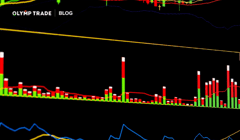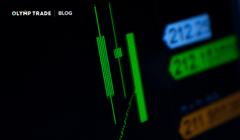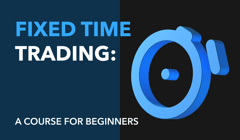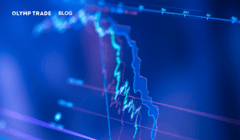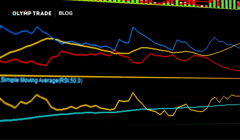
The world equities market combines all traded stocks and shares of different companies across the globe. Assets traded in equity markets are bought and sold either on stock exchanges or over the counter. It is one of the largest and most important markets in modern capitalism.
Synonymous with the stock market, global equity markets help companies raise funds for their business’ development and help investors benefit from the success of the company in which they have invested.
Contents:
Interact with the underlined words and green dots to get additional details and explanations.
Additional context for the visuals.
Explanations and definitions of terms.
Diving deeper into equity markets
At the initial stage, companies are set up as private companies, but if they want to raise additional funding, they carry out a procedure called an IPO (initial public offering). This complicated and expensive procedure eventually allows the company to become a public company whose shares are indexed and traded on global stock exchanges. At the same time, some of the shares usually have a private status and belong to the company’s co-founders, employees and private investors who buy them over the counter.
By selling part of the company to investors in the form of equities, the organization receives necessary funding for its business needs: expanding markets, increasing production capacity and more.
An additional source of funding is the issue of bonds, which the company borrows from investors at a certain interest rate. The debt market is usually what’s being referred to when we talk about bonds, but they in fact solve the same problem as the issue of shares: attracting liquidity.
Trading on world equities
As on any other market, trades on equity markets are made when the seller and the buyer are ready to make a deal at the same price and in the right volume. This means that for the equity market, liquidity — the ability to buy or sell a stock at a price of interest — is a very important component. If the trade’s volume is lacking, there will be slippage and the final price of the trade will be different. This often happens when trading unpopular stocks.
There are three ways to trade on stocks on Olymp Trade: Forex mode, FTT mode and Stocks mode.
In Forex mode, you trade CFDs on a stock, which allows you to open both Up and Down positions, and the position volume can be increased by using a multiplier. This mode is suitable for traders who want to profit from trading on downtrends in Forex mode and trade in the short and medium term.
In FTT mode, you can also open Up and Down trades after forecasting where the price of the stock will be at a chosen time in the future. This mode is perfect for those who prefer intraday trading.
In Stocks mode, traders can buy a stock at the current price and then sell it later. It is ideal for those who want to profit from the long-term growth of a stock. The ability to buy a fractional share of a stock makes initial investments affordable and more accessible than ever.
Step by step
Now that you know the equity market and stock market are the same thing, you can move onto other basic trading terminology and start deciding which trading style suits you best. And whether you decide to trade in Forex mode or Stocks mode, you’ll leave classic slippage problems behind, as trades are opened at the quote you choose and in the volume you want.
Traders who are just starting out might feel a little overwhelmed at first from the influx of data, price movements, price charts and oscillators. That’s why Olymp Trade Blog provides free educational resources to help ease you into the vibrant world of trading. Realize new investment opportunities and trade on the world equities market with Olymp Trade!
Start hereRisk warning: The contents of this article do not constitute investment advice, and you bear sole responsibility for your trading activity and/or trading results.
OTC markets are those in which participants trade directly between two parties, without the use of a central exchange or other third party.
How easily an asset can be turned into ready cash without affecting its market price.
The difference between the expected price of a trade and the price at which the trade is executed.
Contract for differences. A financial contract that pays the difference in the settlement price between the open and closing trades.


